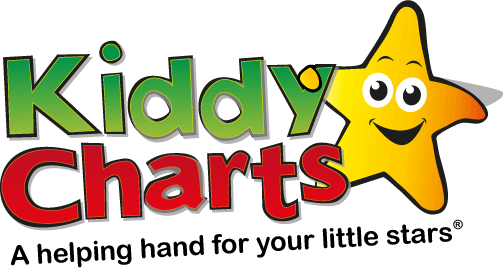At the moment, we are all worried about what’s in our beef. Was it beef or was it horse? Will it neigh at me when I open up the packet? Where was it from? Is it Poland, or is it the UK?
There has never been a better time to actually step back, and THINK about what we are putting into our tummies, and most importantly into food for kids…
Should we give a Fork for our Pork?
Give a Fork for your Pork is a new campaign from Love Pork and Jimmy Doherty from Jimmy’s Farm designed to help us all have confidence in the traceability of our Pork. The red tractor symbol is given to meat, not just pork, that has met a set of standards focused on:
- Food Safety
- Animal Welfare
- Protecting the environment by using responsible farming methods
- Food origin
- Rigorous standards
- Traceability
- Independence and integrity.
But why should we actually care about any of this as parents; shouldn’t we just make food for kids that they like, and are willing to eat? Heaven knows its a battle sometimes for us all….
The answer is simple.
Why wouldn’t you check what you are feeding your child is what you expect it to be, when all you need to do is look at the mark on your meat. If you could guarantee that what we are putting inside our children is manufactured with appropriate hygiene in place, with the right equipment, and using the right environmental standards just by doing so, what’s a quick glance?
Take the pork sausage for example…
At a recent trip to Jimmy’s Farm, I was lucky enough to chat to the man himself, and informed that the humble pork sausage from our supermarket contains rather a lot of other stuff; they only need to be 32% meat to be classed as a sausage. For example, an economy or value sausage might typically contain:
- 30% pork fat
- 20% recovered meat
- 30% rusk and soya
- 15% water
- 5% assorted e-numbers, flavourings, sugar, flavour enhancer, preservatives and colourings.
I have to be honest.
I have naively never taken the time to look on the packets of my sausages at the ingredients. Clearly I should have done…
The Independent wrote rather an eye opening article on the humble sausage a fair few years ago now, but has much changed? It is still the case that nearly 90% of households in the UK buy sausages; 50% of these at least once every four weeks. Some considerably more if our house is anything to go by….
But how many of these households look at what they are buying? If I didn’t, I bet that many of them haven’t as well? Do you?
Jimmy’s Farm classic pork sausages are 94% pork, which is more like it. Higher end supermarket sausages are likely to contain more meat too, above 80%, but perhaps we should be checking instead of taking our meat content for granted?
We all want to get more bang in our bangers, don’t we?!?
Red tractors to give you more bang in your bangers?
In other words, to make sure that what you are buying really does contain the meat you think, and meets the right standards, if all it takes is checking that there is a red tractor – a simple symbol synonymous with any kids idea of a farm, why not? My son has a red tractor, and I bet your family has one as well. We even have a farm potty training chart with one on!
People are worried about whether there is horse in their food, when really we ought to be worried that the food we are eating is what it says it is; for me that’s the crux of the horse meat crisis.
We feel that we should all know what it is that passes our lips. Personally, I wasn’t actually offended that beef was horse. I was offended that I thought I was eating something that I perhaps wasn’t….
We should have the right to know that our food is sourced ethically, manufacturing and processed in this country, and prepared with the right environmental and hygiene standards in place.
At KiddyCharts, we want to teach kids to eat healthily, not to be fussy eaters, to eat their greens using our behaviour charts, and develop a healthy attitude to food. All that starts with us; checking the standards of what we buy is just the first step in making sure we provide healthy food for our children.
I understand that it will cost a little bit more to achieve this, but sometimes to worth paying a higher price for the reassurance we are buying; and the support we are giving to UK businesses.
What do you think to the sausage situation? Did you know how little meat there can be in one before it can be labelled a sausage? Do you check your labels on food for kids? Have you heard of the Red Tractor symbol and campaign? Do let us know below.



The Foodie Blog
Thursday 28th of February 2013
I feel that giving support to UK businesses is really important as does trying to be a good role model to your kids when it comes to food - our standards will be noticed and taken on board by our children and I know it sounds corny but we can change the next generation!